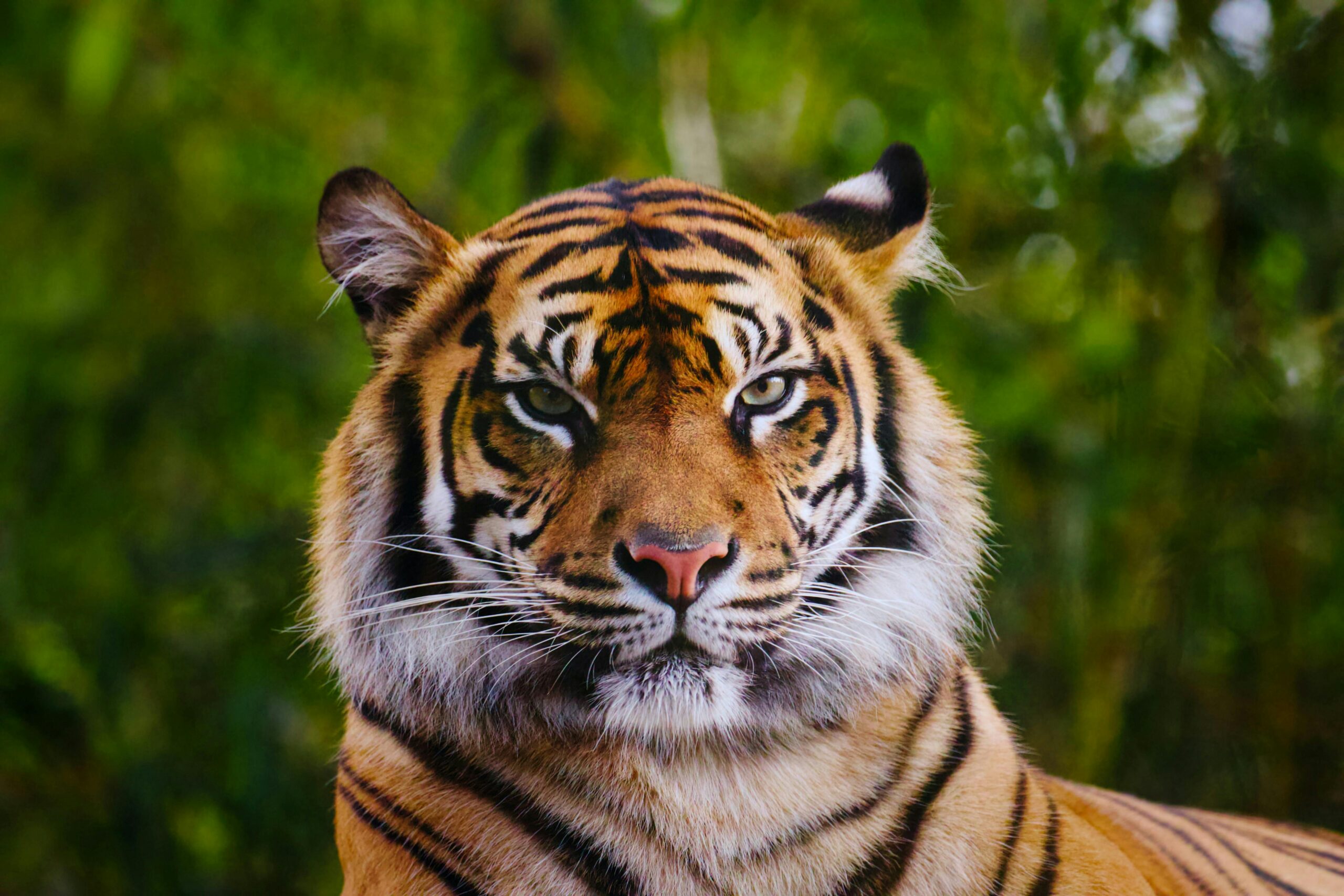India, a country rich in biodiversity, has chosen a majestic and powerful creature as its national symbol — the Royal Bengal Tiger. This animal reflects the strength, grace, and spirit of the nation.
Introducing the Royal Bengal Tiger
The Royal Bengal Tiger (Panthera tigris tigris) is a subspecies of tiger found mainly in India, with small populations in Bangladesh, Nepal, Bhutan, and Myanmar. It is known for its powerful build, orange coat with black stripes, and piercing gaze. As a top predator, it plays a crucial role in maintaining the ecological balance.
Why Was the Tiger Chosen?
The Royal Bengal Tiger was declared the national animal of India in 1973. It was chosen for the following reasons:
- Symbol of power, elegance, and fearlessness
- Deep cultural and mythological importance
- A keystone species crucial to the forest ecosystem
The selection also coincided with the launch of Project Tiger, a wildlife conservation program aimed at protecting tigers and their habitats.
Conservation Efforts
India has made significant efforts to protect its national animal:
- Project Tiger initiated in 1973
- Establishment of tiger reserves across the country
- Strict anti-poaching laws and awareness campaigns
Despite challenges, India now hosts the largest tiger population in the world.
Cultural and National Significance
The tiger is not just an animal but a national icon. It appears in Indian folklore, temple art, and even currency. It stands for bravery and national pride — qualities that represent the Indian identity.
Conclusion
The Royal Bengal Tiger is more than just India’s national animal — it is a living symbol of the country’s natural wealth and cultural heritage. Protecting it means protecting India’s wild future.



